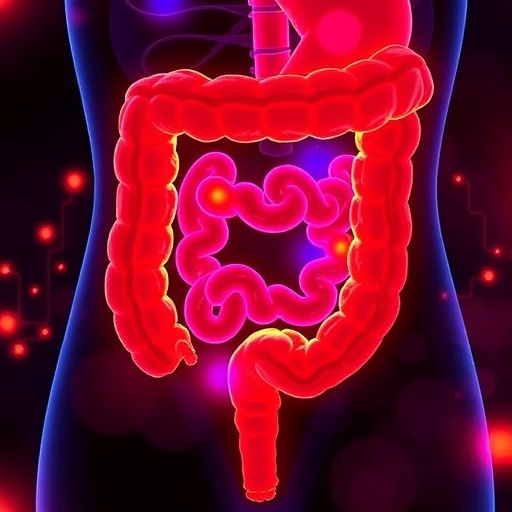
Credit: University of Warwick
- Reason why raindrops and spilt coffee splash revealed by University of Warwick research
- New theory uncovers — for first time — what happens in space between liquid drop and surface to cause splash
- Microscopic layer of air — 50 times smaller than a human hair — trapped between liquid and surface can prevent liquid spreading on surface
- Scale comparable to a 1cm layer of air stopping a tsunami wave spreading across a beach
- Research published in top Physics & Mathematics journal
New research from the University of Warwick generates fresh insight into how a raindrop or spilt coffee splashes.
Dr James Sprittles from the Mathematics Institute has created a new theory to explain exactly what happens — in the tiny space between a drop of water and a surface — to cause a splash.
When a drop of water falls, it is prevented from spreading smoothly across a surface by a microscopically thin layer of air that it can't push aside — so instead of wetting the surface, parts of the liquid fly off, and a splash is generated.
A layer of air 1 micron in size — fifty times smaller than the width of a human hair — can obstruct a 1mm drop of water which is one thousand times larger.
This is comparable to a 1cm layer of air stopping a tsunami wave spreading across a beach.
Dr Sprittles has established exactly what happens to this miniscule layer of air during the super-fast action by developing a new theory, capturing its microscopic dynamics — factoring in different physical conditions, such as liquid viscosity and air pressure, to predict whether splashes will occur or not.
The lower the air pressure, the easier the air can escape from the squashed layer — giving less resistance to the water drop — enabling the suppression of splashes. This is why drops are less likely to splash at the top of mountains, where the air pressure is reduced.
Understanding the conditions that cause splashing enables researchers to find out how to prevent it — leading to potential breakthroughs in various fields.
In 3D printing, liquid drops can form the building blocks of tailor-made products such as hearing aids; stopping splashing is key to making products of the desired quality.
Splashes are also a crucial part of forensic science – whether blood drops have splashed or not provides insight into where they came from, which can be vital information in a criminal investigation.
Dr Sprittles comments:
"You would never expect a seemingly simple everyday event to exhibit such complexity. The air layer's width is so small that it is similar to the distance air molecules travel between collisions, so that traditional models are inaccurate and a microscopic theory is required.
"Most promisingly, the new theory should have applications to a wide range of related phenomena, such as in climate science — to understand how water drops collide during the formation of clouds or to estimate the quantity of gas being dragged into our oceans by rainfall."
###
The research, 'Kinetic Effects in Dynamic Wetting', is published in Physical Review Letters.
It is supported by grants from the Leverhulme Trust and the Engineering and Physical Sciences Research Council (EP/N016602/1).
Media Contact
Luke Walton
[email protected]
44-078-245-40863
@warwicknewsroom
http://www.warwick.ac.uk
############
Story Source: Materials provided by Scienmag





